The 1960s were a time when doctors recommended cigarettes for weight loss, mercury thermometers were standard in every medicine cabinet, and nobody had ever heard the phrase “organic produce.” We lived by a completely different set of health rules back then – rules that would send today’s wellness experts into a complete tailspin. Looking back, it’s amazing we survived some of the things we considered perfectly normal, but somehow we did, and many of us are still here to tell the tale.
1. Smoking Everywhere, Including Doctor’s Offices
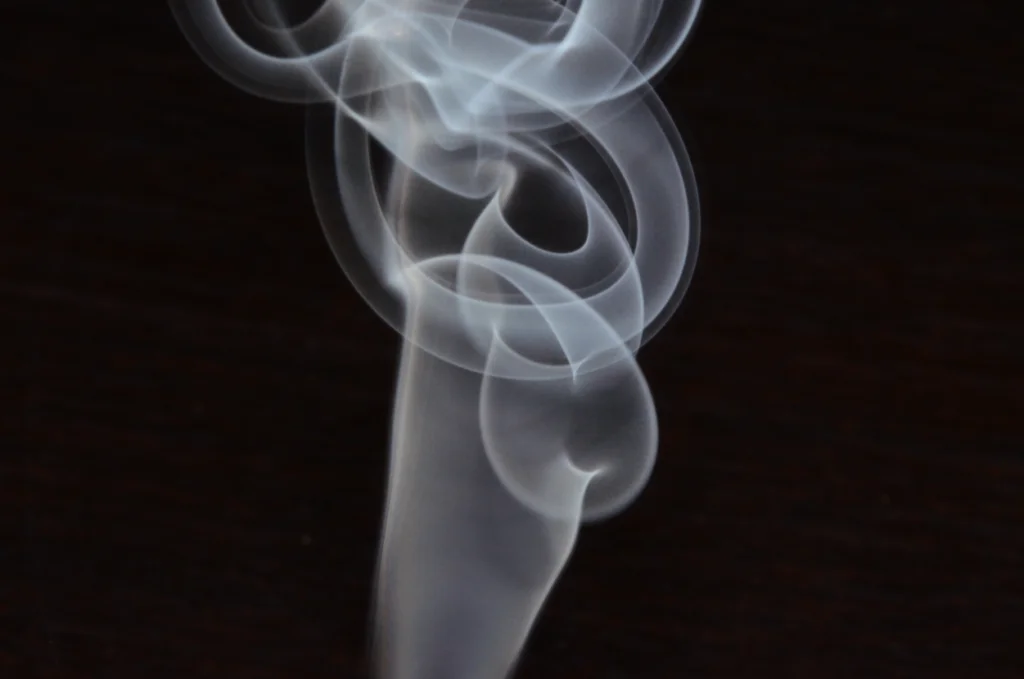
Cigarettes weren’t just socially acceptable in the ’60s – they were practically a food group, with ashtrays stationed in hospital waiting rooms, airplane seats, and even some doctor’s examination rooms. Physicians regularly lit up while discussing your health concerns, and pregnant women received pamphlets suggesting that smoking could help control weight gain during pregnancy. The Marlboro Man wasn’t just an advertising icon; he was a lifestyle guru whose rugged image convinced millions that cigarettes were synonymous with vitality and success.
Restaurant sections weren’t divided into “smoking” and “non-smoking” because the concept of non-smoking sections didn’t exist – the entire world was a smoking section. Office buildings featured cigarette vending machines in their lobbies, and business meetings were conducted through clouds of tobacco smoke so thick you could barely see across the conference table. The idea that secondhand smoke could be harmful seemed as ridiculous as suggesting that breathing air could be dangerous, and families regularly hot-boxed their station wagons during cross-country road trips with all the windows rolled up.
2. Mercury Thermometers and Casual Heavy Metal Exposure
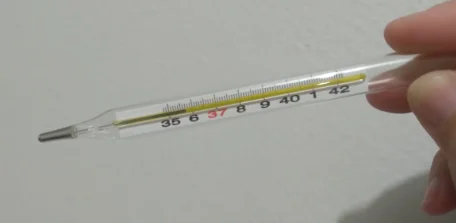
Every family medicine cabinet contained at least one glass thermometer filled with liquid mercury, and when these inevitable broke (usually in someone’s mouth), we’d watch those fascinating silver beads roll around the bathroom floor like tiny ball bearings. Parents would scoop up the mercury with a spoon and flush it down the toilet, never imagining that we were handling one of the most toxic substances on Earth with our bare hands. Dental offices filled cavities with mercury amalgam as standard practice, and nobody questioned having heavy metals permanently installed in their mouths.
The casual relationship with toxic substances extended far beyond thermometers – children played with mercury from broken barometers, rolling it around in their palms and marveling at its liquid-metal properties. Chemistry sets marketed to kids included actual radioactive materials, and science teachers demonstrated chemical reactions with substances that would require hazmat suits today. Lead paint covered the walls of most homes, lead gasoline filled our cars, and asbestos insulated our schools, creating a toxic trifecta that surrounded us from birth to graduation.
3. Sunbathing with Baby Oil and Iodine

The quest for the perfect tan involved slathering yourself with baby oil mixed with iodine, essentially turning your skin into a frying pan designed to absorb maximum solar radiation. Sunscreen was virtually unknown, and the few products available offered SPF levels so low they were basically placebo lotions with a tropical scent. Beach-goers used reflective aluminum foil positioned under their chins to ensure even the most stubborn areas received their full dose of UV punishment, and a successful beach day was measured by how closely your skin color matched a Maine lobster.
Tanning salons didn’t exist yet because they weren’t necessary – everyone turned their backyards, rooftops, and any available patch of concrete into personal solar radiation chambers. Women applied lemon juice to their hair and sat in direct sunlight for hours, believing citric acid would create natural highlights while simultaneously destroying their scalp tissue. The concept of skin cancer seemed like something that happened to other people, possibly from other planets, and the deeper your tan, the healthier and more attractive you were considered to be.
4. Drinking Straight from Garden Hoses and Public Fountains
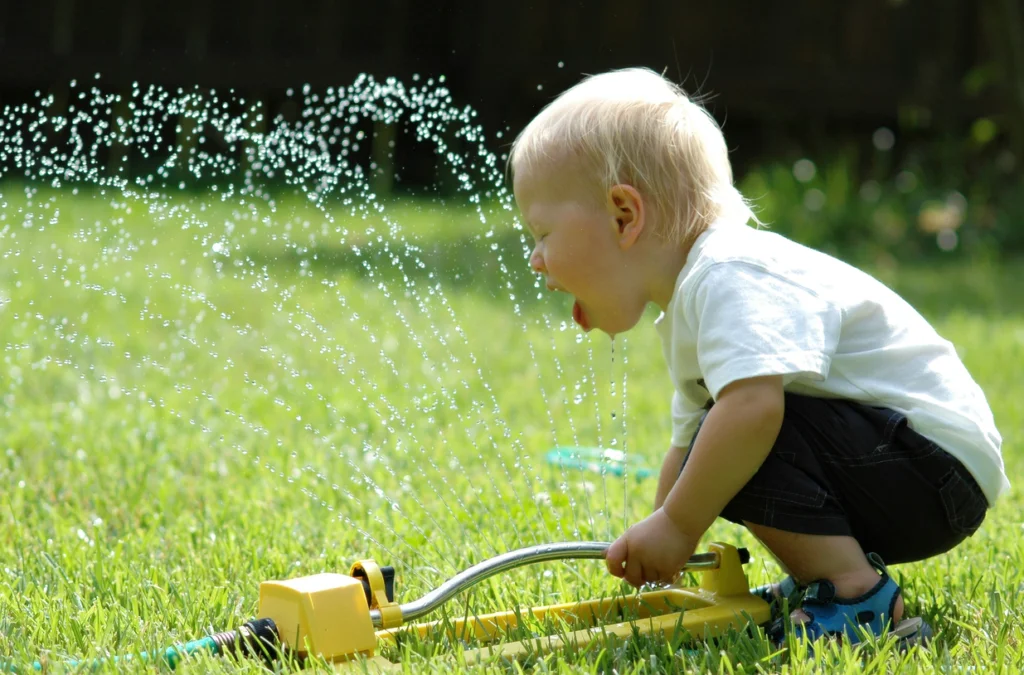
Thirst was quenched wherever water happened to be available, whether that meant drinking directly from rubber garden hoses that had been baking in the summer sun or sharing public drinking fountains with anyone who happened to be in line ahead of you. The idea that water needed to be filtered, purified, or purchased in bottles seemed as absurd as buying air in containers. Garden hose water, with its distinctive rubber flavor and questionable temperature, was considered perfectly acceptable refreshment for children playing outside all day.
Public swimming pools were essentially community bathing facilities where hundreds of people shared the same chlorinated water for entire summer seasons, and nobody questioned the wisdom of ingesting pool water during diving competitions or water fights. Drinking fountains in schools, parks, and public buildings were used by everyone from toddlers to adults, with no consideration for the bacterial ecosystems that might be thriving on those metal spouts. The motto was simple: if it was wet, it was drinkable, and if you got sick, that just meant your immune system was getting stronger.
5. Pesticide Picnics and DDT Parties
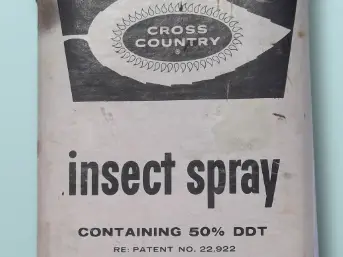
DDT trucks rolled through suburban neighborhoods like ice cream vendors, spraying thick clouds of pesticide while children ran behind them, playing in the toxic fog as if it were a delightful summer mist. Parents would pack picnic lunches and take families to watch these “mosquito control” operations, treating pesticide exposure as community entertainment. The chemical smell was considered the sweet scent of scientific progress, and the more DDT in the air, the fewer bugs would bother your backyard barbecue.
Home pest control involved liberally spraying industrial-strength chemicals throughout the house, often while the family was eating dinner at the kitchen table just a few feet away. Ant and roach sprays were applied with the enthusiasm of someone watering plants, and the idea that these chemicals might be harmful to humans seemed preposterous – after all, they were designed to kill only insects. Agricultural workers sprayed crops while families had picnics in adjacent fields, and produce arrived at grocery stores still glistening with pesticide residue that was considered a sign of freshness rather than contamination.
6. Prescription Amphetamines for Weight Loss
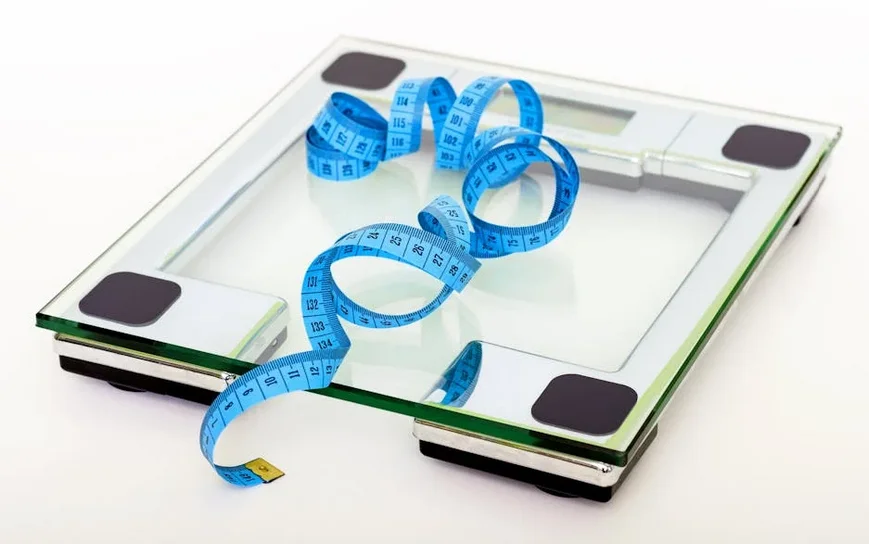
Diet pills containing actual amphetamines were prescribed to housewives like vitamins, with doctors handing out prescriptions for “diet helpers” that were essentially pharmaceutical-grade speed designed to suppress appetite and boost energy. These weren’t controlled substances requiring careful monitoring – they were miracle weight-loss solutions that promised to transform tired mothers into energetic homemaking dynamos. Women would take their morning “diet pill” along with their coffee and cigarettes, creating a chemical cocktail that would make today’s addiction specialists weep.
The weight-loss industry marketed these amphetamine-based products with the same casual enthusiasm used to sell breakfast cereal, complete with before-and-after photos and testimonials from satisfied customers who had achieved their ideal figure through better living through chemistry. Doctors prescribed combination drugs that mixed amphetamines with barbiturates, creating pharmaceutical roller coasters that kept patients wired during the day and sedated at night. The concept of addiction or long-term health consequences seemed irrelevant when the immediate results were so dramatically effective.
7. Asbestos Everything
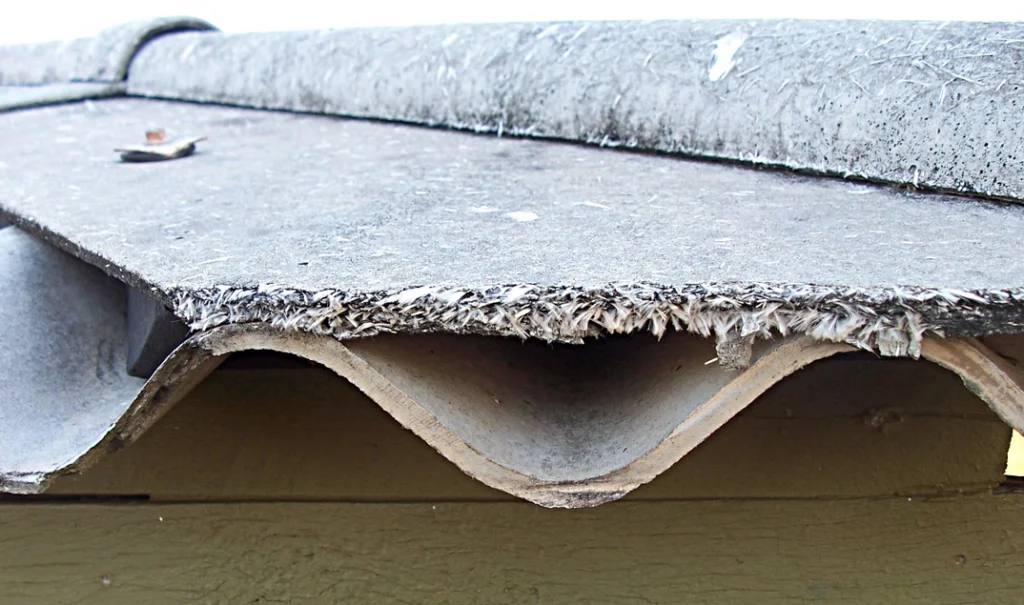
Asbestos was the miracle material of the ’60s, woven into everything from ceiling tiles and floor coverings to children’s pajamas and hair dryers, because nothing said “fire safety” like surrounding yourself with microscopic mineral fibers that would later prove to be one of the most lethal substances ever used in construction. Schools were built with asbestos insulation, and when that insulation began crumbling, maintenance workers would simply sweep up the debris and dispose of it in regular trash bins. Hair salons used asbestos-lined hair dryers, essentially creating lung-destroying beauty treatments that customers paid premium prices to experience.
Home improvement projects regularly involved cutting, sanding, and installing asbestos-containing materials without any protective equipment, turning weekend warriors into unwitting participants in long-term toxicology experiments. Brake pads, gaskets, and other automotive parts contained asbestos, and mechanics would blow compressed air through brake drums to clean them, creating clouds of carcinogenic dust in enclosed garage spaces. The material was so ubiquitous that avoiding asbestos exposure would have required living in a bubble, and since nobody knew it was dangerous, nobody tried to avoid it anyway.
8. Thalidomide and Experimental Medications
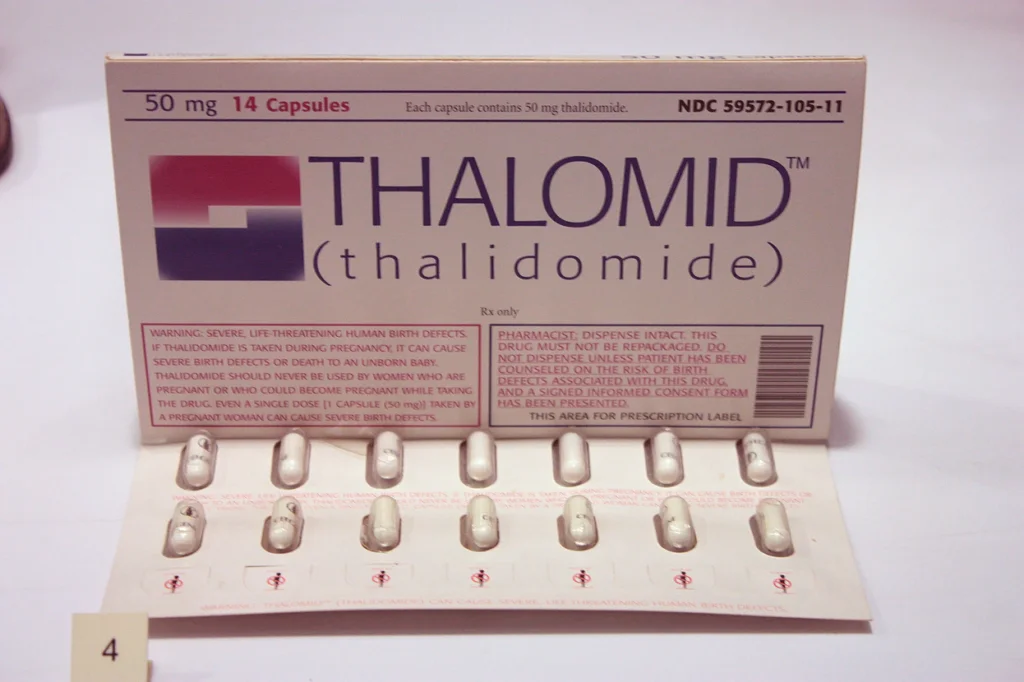
The pharmaceutical industry operated with a “try it and see what happens” mentality that treated human patients like voluntary test subjects in ongoing chemistry experiments. Thalidomide, prescribed to pregnant women for morning sickness, became the most infamous example of this approach when it caused severe birth defects, but it was far from the only experimental medication handed out like candy to unsuspecting patients. Doctors prescribed new drugs based on limited testing and pharmaceutical company marketing materials, often learning about side effects only after patients had already experienced them.
Pregnant women were prescribed a cocktail of medications for everything from anxiety to weight gain, with no understanding of how these chemicals might affect fetal development. Hormone replacement therapy was recommended for all menopausal women, regardless of their individual health profiles, and birth control pills contained hormone levels that would be considered dangerously high by today’s standards. The medical philosophy seemed to be that any problem could be solved with the right combination of chemicals, and patients trusted their doctors to navigate this pharmaceutical frontier on their behalf.
9. Lead Paint Playgrounds and Toxic Toys
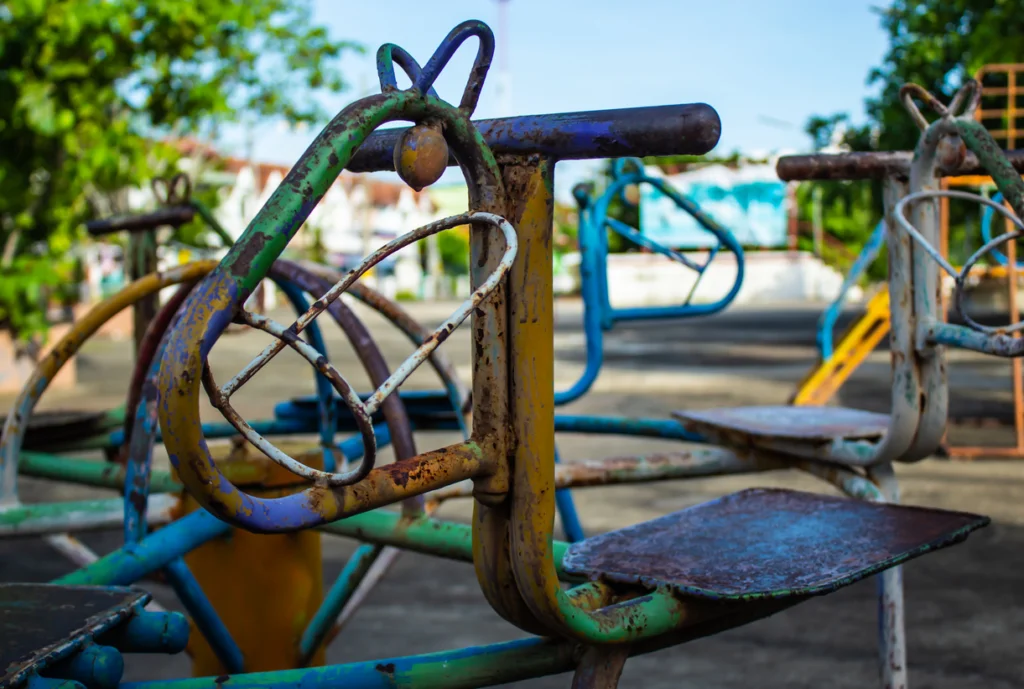
Children’s toys were manufactured with lead-based paints in colors so vibrant they practically glowed, and teething toddlers routinely gnawed on these toxic treasures while parents applauded their fine motor skill development. Playground equipment was painted with lead-based coatings that created colorful but poisonous jungle gyms, and when the paint began chipping, those flakes became inadvertent snacks for curious children who explored the world primarily through their mouths. Cribs, high chairs, and toy chests were all painted with lead-based products, creating nurseries that were essentially low-level toxic waste sites disguised as cheerful infant environments.
Art supplies for children included lead-based paints and crayons, turning creative expression into heavy metal exposure therapy, and nobody questioned why some kids seemed sluggish or had difficulty concentrating in school. Dishes and drinking glasses contained lead glazes that leached into food and beverages, especially when exposed to acidic substances like orange juice or tomatoes. The concept of “child-proofing” focused mainly on preventing falls and cuts, not on eliminating the slow-acting poisons that surrounded children throughout their daily lives.
10. Backyard Burning and Toxic Smoke Parties
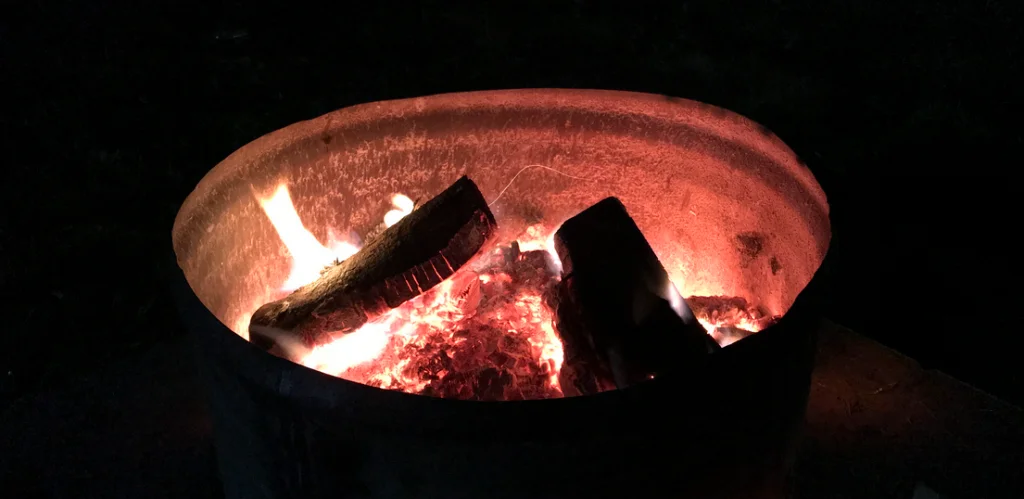
Every suburban backyard featured a burn barrel where families disposed of household waste by setting it on fire and watching the toxic smoke drift over the neighborhood like a low-hanging pollution cloud. Plastic bottles, old tires, paint cans, and household chemicals were all considered appropriate fuel for these backyard bonfires, and the resulting smoke was treated as a minor inconvenience rather than a serious health hazard. Children would gather around these burning barrels to roast marshmallows, breathing in chemical fumes while creating fond family memories.
Leaf burning was a seasonal ritual that turned entire neighborhoods into smoky haze zones, and residents would compete to see who could create the biggest pile of burning vegetation. Garbage trucks didn’t exist in many areas, so burning trash was considered an environmentally responsible way to reduce waste, and the bigger the fire, the more efficient your household waste management system. The idea that inhaling smoke from burning plastics and chemicals might be harmful seemed as foreign as worrying about the long-term effects of breathing air.
11. Miracle Diets and Dangerous Weight Loss Schemes
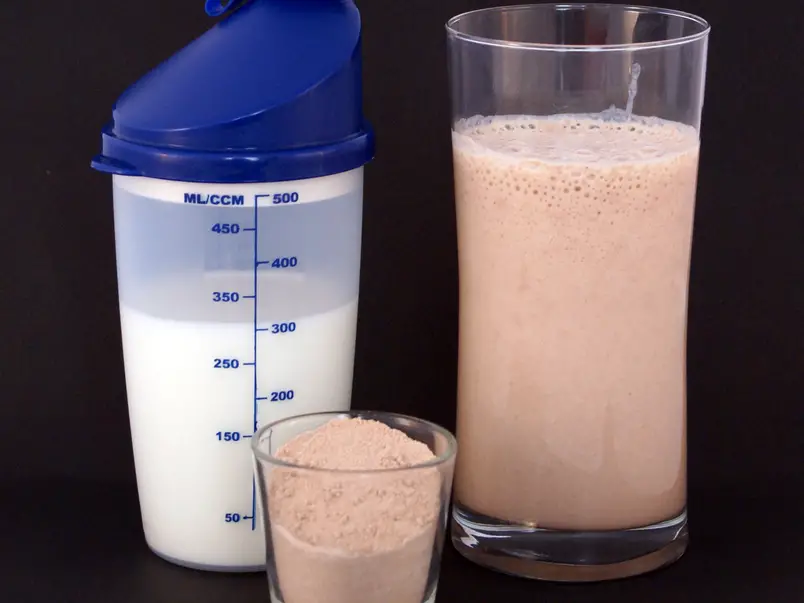
The diet industry promoted weight-loss plans that would make today’s nutritionists call for emergency interventions, including the popular “cigarette diet” that encouraged smoking instead of eating to suppress appetite naturally. The grapefruit diet promised miraculous results through consuming nothing but citrus fruit for weeks at a time, while the cabbage soup diet turned kitchens into laboratories for producing intestinal distress in the name of rapid weight loss. Diet books recommended eliminating entire food groups or surviving on single ingredients for extended periods, treating human metabolism like a simple mathematical equation that could be hacked with the right formula.
Prescription diet cocktails combined amphetamines, diuretics, and thyroid hormones into pharmaceutical weight-loss programs that turned patients into jittery, dehydrated insomniacs who happened to be losing weight rapidly. The “Sleeping Beauty Diet” involved taking sedatives for days at a time to avoid eating, essentially treating extended unconsciousness as a viable weight management strategy. Exercise was considered unnecessary if you had the right combination of pills and dietary restrictions, and the faster you lost weight, the more successful your program was considered to be.
12. X-Ray Shoe Fittings and Radiation Entertainment
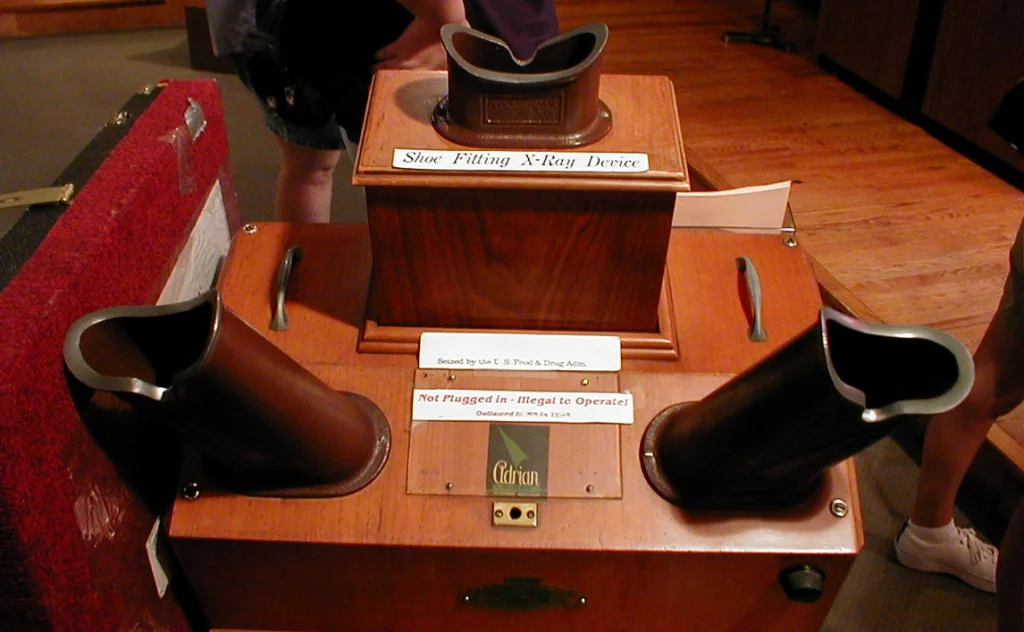
Shoe stores featured X-ray machines that allowed customers to see their feet inside potential purchases, turning routine shoe shopping into radioactive entertainment that exposed children’s developing bones to unnecessary gamma radiation. These machines operated without any safety protocols, and children would stand on them multiple times during shopping trips, wiggling their toes and marveling at their glowing skeletal feet while absorbing radiation doses that would horrify today’s medical professionals. Parents encouraged this activity because it seemed both scientifically advanced and thoroughly entertaining.
Medical and dental X-rays were performed with equipment that delivered radiation doses many times higher than modern standards, and patients received no protective covering or safety equipment during these procedures. Pregnant women received regular X-rays without any consideration for fetal exposure, and some doctors used X-ray machines to remove unwanted body hair, treating radiation as a convenient beauty treatment. The general attitude toward radiation was that it represented the pinnacle of modern science, and more exposure meant better medical care and more advanced technology.
The 1960s were a decade of bold experimentation with substances, practices, and technologies that we now know were incredibly dangerous, but somehow most of us survived to tell these tales. We lived through an era when “better living through chemistry” wasn’t just a slogan – it was a lifestyle that permeated everything from our morning coffee to our evening cocktails. While we certainly wouldn’t recommend returning to these practices, there’s something to be said for a generation that survived mercury thermometers, DDT fog, and cigarette-prescribing doctors to become the health-conscious grandparents of today.
This story 12 ’60s Habits That Would Leave Today’s Health Experts Hyperventilating was first published on Takes Me Back.


